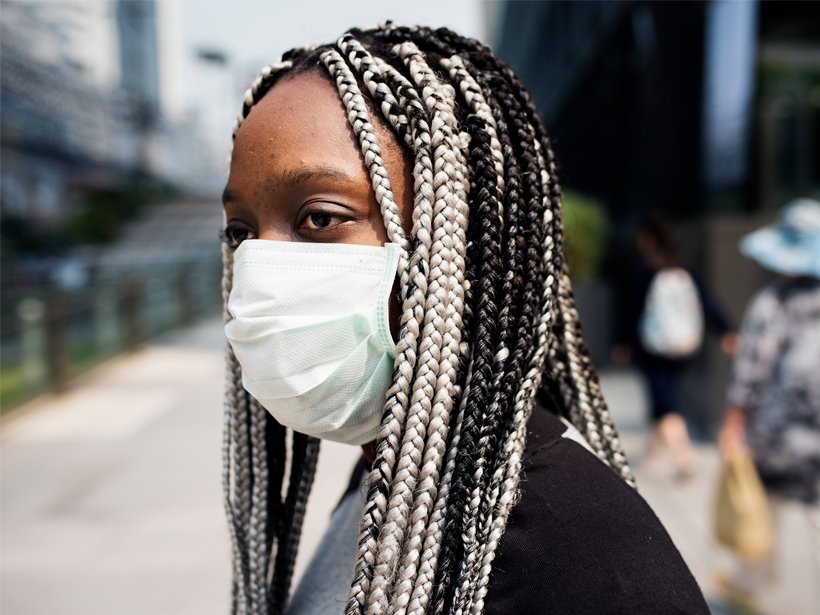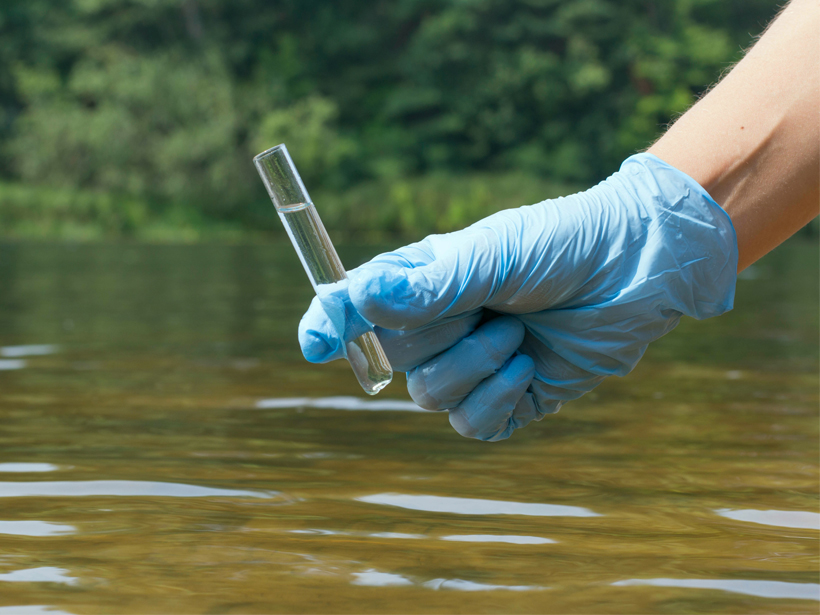A new study compares exposure to power plant emissions among communities based on race, income, and geography. Black Americans are most at risk.
News
How Conflict Influenced Land Use in Colombia
Researchers use new maps and statistical techniques to infer how armed conflict influenced land cover in the understudied Caribbean region of the country.
Deadly Collision Blows an Asteroid Apart
Active asteroids lurk in the asteroid belt, unseen until they’re blown to smithereens.
Fugitive Gas Abetted by Barometric Pressure
Barometric pressure, in addition to factors such as lithology and the depth of the water table, can influence patterns of natural gas that escapes to subsurface soils.
Podcast: A Nuclear Legacy Buried in Ice
The radioactive remains of nuclear testing during the Cold War and from nuclear disasters like Chernobyl are still with us and can be found in some of the remotest glaciers on Earth.
Climate Change Will Make Us Sicker and Lose Work Hours
Experts have given the United States a warning: Reduce greenhouse gas emissions, or suffer the consequences of lower productivity and a sicker population for generations to come.
Sparks May Reveal the Nature of Ash Plumes
In lab experiments and models, researchers uncover how ash can affect the standing shock waves of erupting volcanoes. Their findings may lead to new predictions of volcanic ash hazards.
Modeling How Groundwater Pumping Will Affect Aquatic Ecosystems
Regions with dry climates and heavy agricultural industries may be the most hard-hit.
Plankton Biodiversity Mapped Globally
A team of scientists sailed around the world to catalog the diversity of plankton species in the ocean. Their findings have important economic implications as climate warms.
Peatlands Are Drying Out Across Europe
Peatlands are some of the world’s largest reservoirs of soil carbon, but new research finds that in Europe they are drying out, putting them at risk of turning from carbon sinks to carbon sources.










